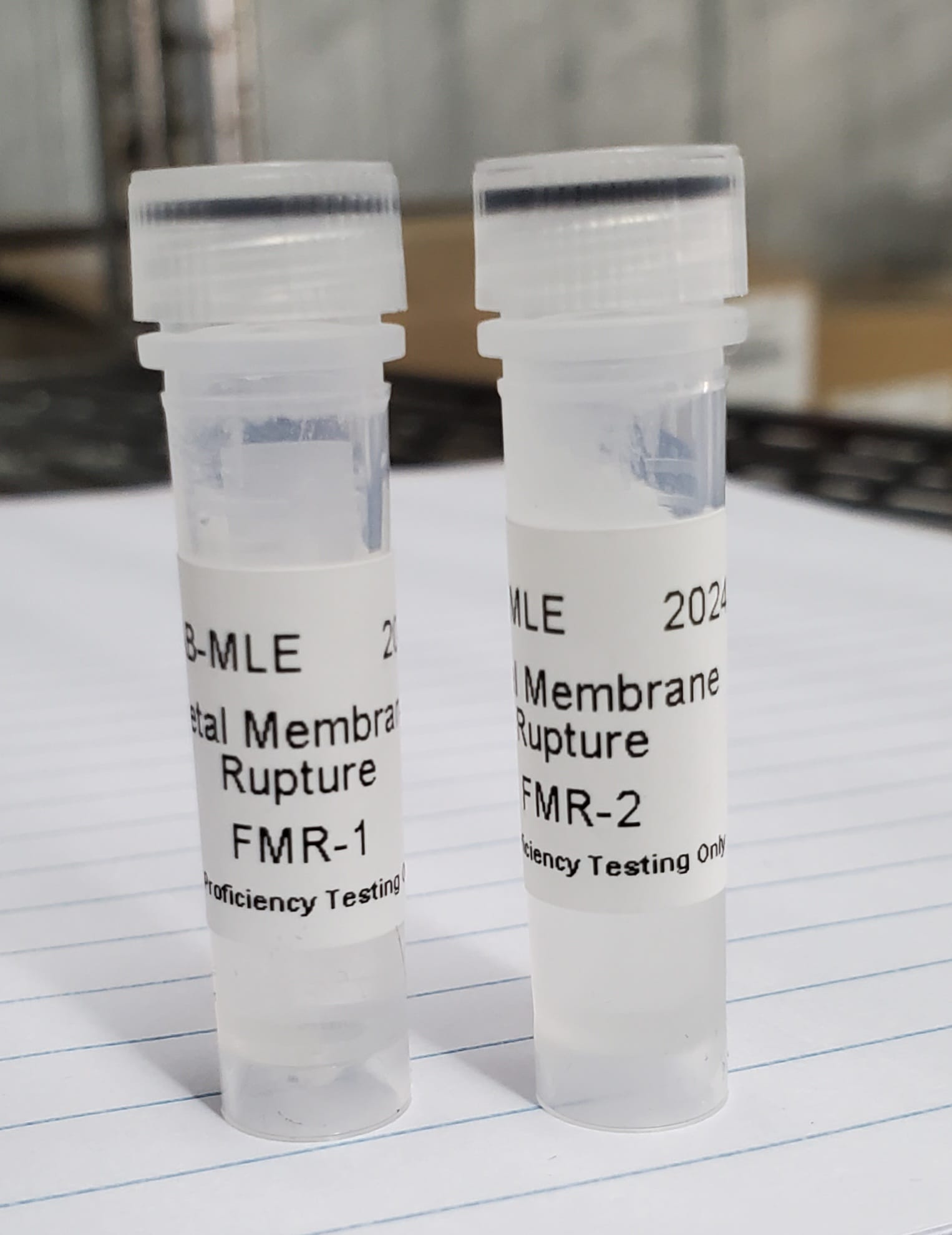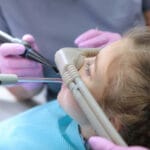Understanding the Amnisure Test
Pregnancy can be a time of both excitement and anxiety. Knowing if your water has broken, a situation called premature rupture of membranes (PROM), is crucial for both your health and your baby’s. The Amnisure Test is a valuable tool in this situation, designed to detect the presence of amniotic fluid in vaginal discharge. This fluid, which surrounds and protects your baby in the womb, contains a specific protein called placental alpha microglobulin-1 (PAMG-1). The Amnisure Test works by identifying this protein, offering a rapid and relatively non-invasive way to assess for PROM.
How the Amnisure Test Works
The Amnisure test is a straightforward, three-step process:
Sample Collection: Your healthcare provider will gently collect a small sample of vaginal discharge using a sterile swab. This procedure is similar to a routine pelvic exam and is generally painless.
Protein Extraction: The swab is then placed in a special solution designed to extract any PAMG-1 present in the sample.
Test Strip Analysis: A test strip, similar to a home pregnancy test, is dipped into the solution. Within minutes, the strip will display the results, typically indicated by the appearance of one or two lines. Your healthcare provider will interpret these results.
Evaluating Amnisure Test Accuracy
While generally reliable, the Amnisure Test’s accuracy isn’t absolute. Early research suggested a high sensitivity (around 99%) in detecting PROM. More recent studies, however, suggest that the sensitivity may be somewhat lower, with the possibility of false positives. This means the test might sometimes indicate PROM even if the amniotic sac is intact. Factors like vaginal pH, recent sexual intercourse, or the presence of blood or certain medications can potentially influence the results. Ongoing research continues to refine our understanding of the test’s performance and limitations. Some experts believe that the accuracy might vary based on individual circumstances and the stage of pregnancy.
Advantages of the Amnisure Test
- Speed: Results are available within minutes, enabling prompt medical decision-making.
- Comfort: The procedure is non-invasive and generally comfortable for patients.
- Early Diagnosis: Facilitates timely diagnosis or exclusion of PROM, contributing to better management of pregnancy.
- Risk Reduction: Early PROM detection can help minimize the risk of infection and preterm labor.
Limitations of the Amnisure Test
- False Positives: The possibility of false positives exists, highlighting the importance of considering the test results in context with other clinical findings.
- Incomplete Information: While the test can detect the presence of amniotic fluid, it doesn’t reveal the exact timing or cause of membrane rupture.
- Confirmation Needed: A positive Amnisure test often requires follow-up with additional tests, such as a sterile speculum exam, to confirm the diagnosis and guide treatment decisions.
Comparing Amnisure to Other Methods
The table below compares the Amnisure Test with other methods used to assess for PROM:
| Test | Advantages | Disadvantages |
|---|---|---|
| Amnisure Test | Quick, Non-invasive, Easy | Possible False Positives |
| Nitrazine Test | Inexpensive, Easy to Interpret | Inaccurate due to vaginal pH changes |
| Fern Test | Highly Sensitive | Needs microscope, Difficult Interpretation |
| Pooling | Visually Confirms Leakage | Subjective, Not Always Accurate |
Key Points to Remember
- Purpose: The Amnisure Test detects amniotic fluid leakage to diagnose PROM.
- How it Works: Collects vaginal discharge, extracts PAMG-1, and uses a test strip to detect its presence.
- Accuracy: Generally reliable but may have false positives. Accuracy may vary depending on individual factors.
- Benefits: Fast results, non-invasive, aids in early diagnosis and treatment, reduces infection and preterm labor risk.
- Limitations: Potential false positives, doesn’t determine timing or cause of rupture, requires follow-up testing.
What is the Amnisure Test?
The Amnisure test is a rapid diagnostic tool used to detect premature rupture of membranes (PROM) in pregnant women. PROM occurs when the amniotic sac, which surrounds and protects the fetus, breaks before labor begins. This can lead to complications such as infection and premature birth. The Amnisure test helps healthcare professionals quickly assess whether a woman’s “water has broken” by detecting the presence of a specific protein, PAMG-1, which is found in amniotic fluid.
What is the Amnisure test UK?
The Amnisure test is also readily available in the UK, offering a swift and non-invasive method for assessing PROM. Similar to its use elsewhere, the test is performed by healthcare professionals and involves a quick swab inside the vagina. As with any medical test, the Amnisure test should be used in conjunction with other clinical findings to ensure a comprehensive evaluation.
How do you take Amnisure?
The Amnisure test is administered by a healthcare professional. It involves collecting a sample of vaginal discharge using a sterile swab. This swab is then placed into a testing device, and the results are typically available within minutes. The test is relatively painless and does not involve any needles or invasive instruments. Remember, while this provides a general overview, always rely on your healthcare provider for specific instructions and interpretation of results.
You can calculate when it’s safe to stop taking steroids using the adrenal washout calculator. Are you concerned about your baby’s bilirubin levels? Check out our comprehensive guide on biliblanket.
- Unlock what part of speech is is: Master English Grammar Now - April 2, 2025
- Unlock the best US history books: A curated list for insightful reading - April 2, 2025
- First Lady Book: A History of Power and Influence - April 2, 2025

















1 thought on “Amnisure Test: Accuracy, Procedure, and What Expecting Mothers Should Know”
Comments are closed.